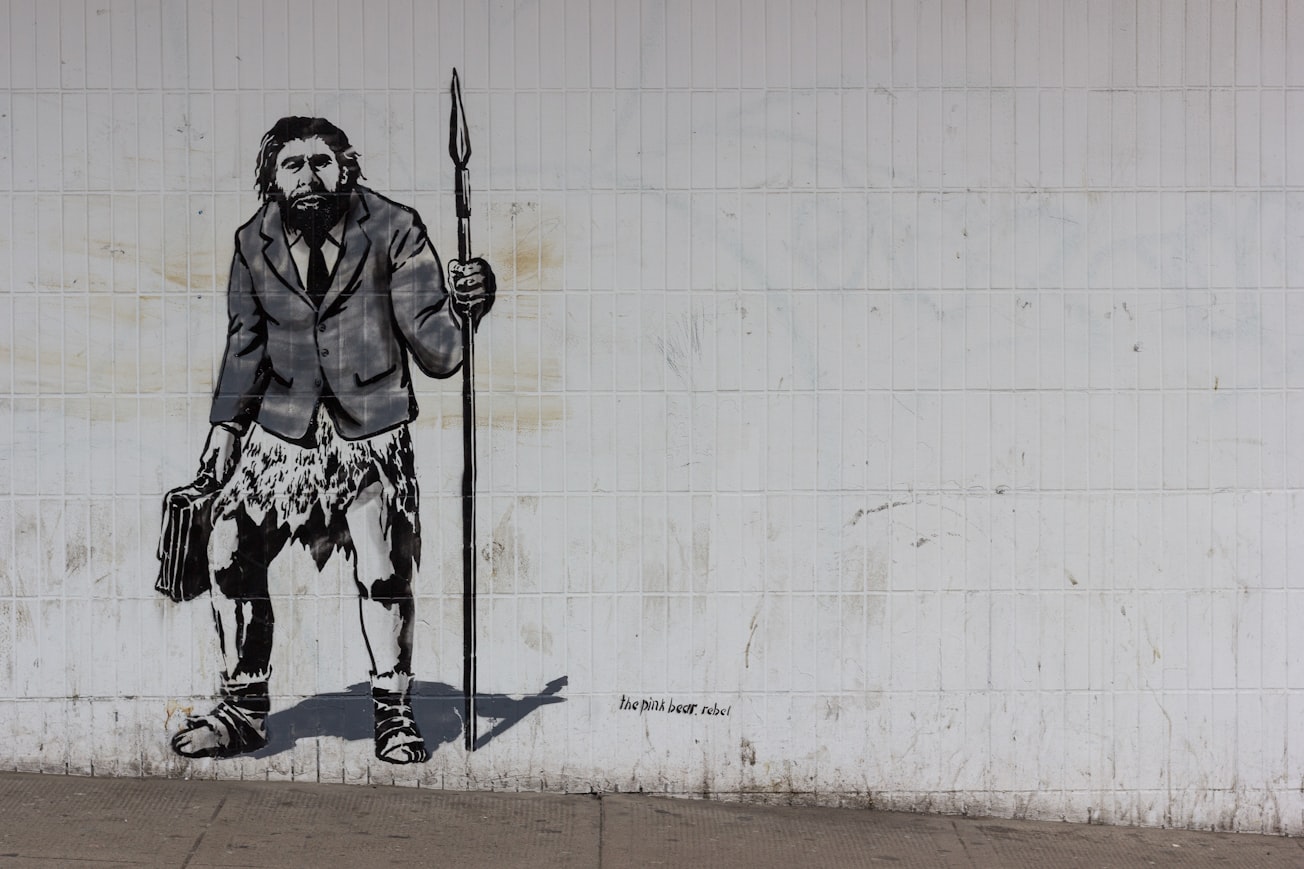What is it about?
We review Dynamics of Learning in Neanderthals and Modern Humans, a two-volume proceedings of an international conference held in Tokyo in 2012 on the replacement of Neandertals by modern humans. The series represents an ambitious inquiry into the cultural, psychological, neuroscientific, and physical differences between the two species that may have contributed to the Neandertal demise, and we found it admirable in its multi-disciplinary scope and depth. One of the key hypotheses is that differences in learning abilities might explain the replacement of Neandertals by modern humans. Many of the papers in the first volume examine learning strategies and behaviors in human groups, both prehistoric and extant hunter–gatherer societies, though not within similar cognitive paradigms. Other papers review aspects of cultural evolution, including evolutionary rates of cultural change, niche construction, and innovation. The second volume continues with studies of cognition and psychology, including papers on individual, imitative, and instructive learning, problem-solving, and cognitive flexibility, as well as genetic studies, issues associated with reconstructing fossil crania, and brain morphology.
Featured Image

Photo by Crawford Jolly on Unsplash
Read the Original
This page is a summary of: Dynamics of Learning in Neanderthals and Modern Humans. Cultural Perspectives, Journal of Archaeological Science, September 2015, Elsevier,
DOI: 10.1016/j.jas.2015.05.001.
You can read the full text:
Resources
Contributors
The following have contributed to this page










